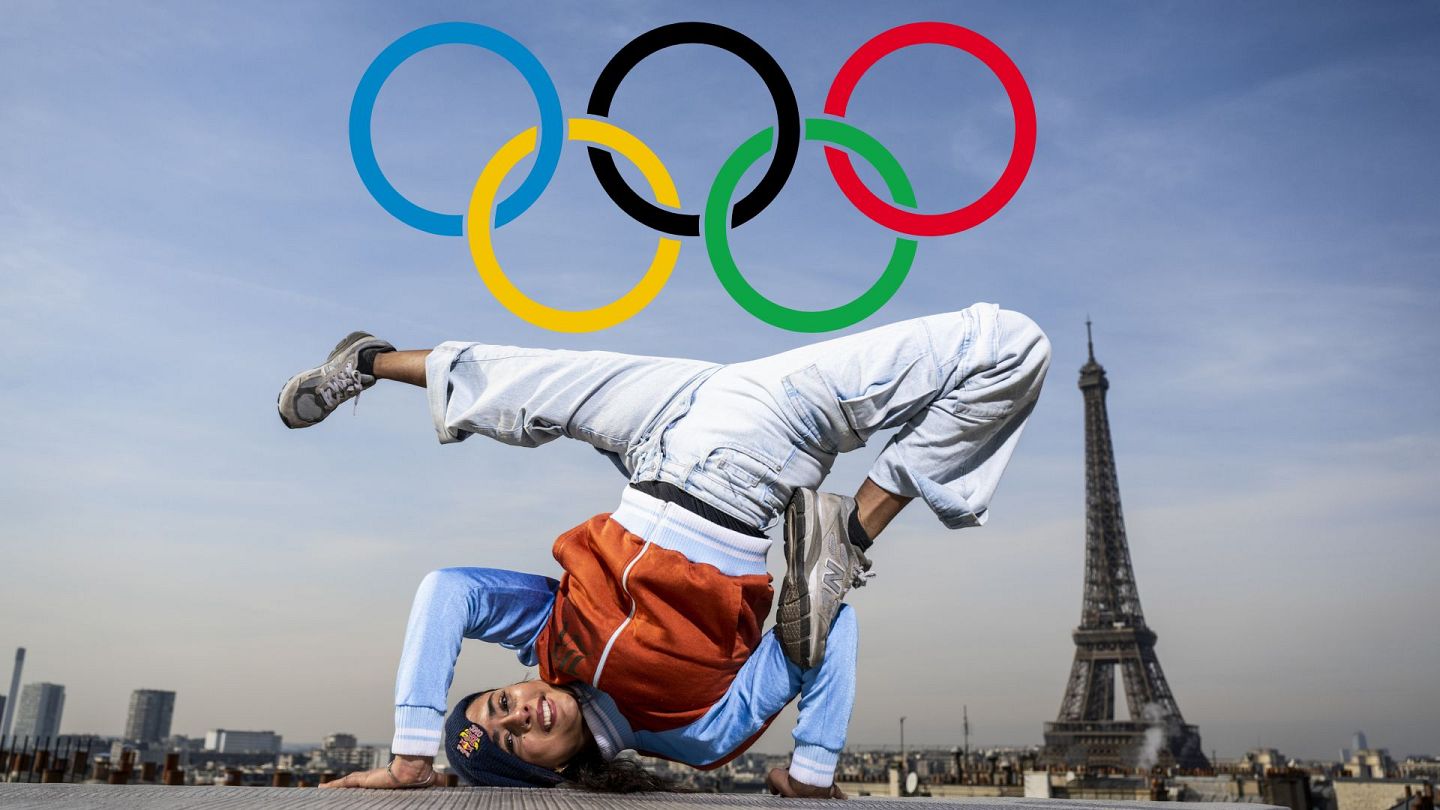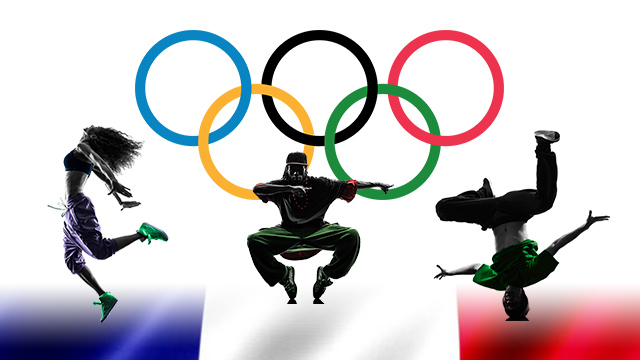
Olympic breaking, also known as breakdancing, is set to make its official debut at the 2024 Summer Olympics in Paris. This groundbreaking addition marks the first time a street dance style will be featured as a medal event, signaling the International Olympic Committee’s commitment to modernizing the Games and appealing to younger audiences. Breaking’s inclusion highlights the evolution of the Olympics and the growing recognition of dance as a competitive, athletic discipline.
Breaking originated in the 1970s in the Bronx, New York, as part of the hip-hop movement. It blends elements of dance, acrobatics, and improvisation, with dancers—called B-Boys and B-Girls—competing in one-on-one battles. These battles are judged based on technique, creativity, musicality, and overall performance. Unlike many Olympic sports with rigid formats, breaking thrives on personal style and spontaneous expression, making it a dynamic and engaging addition to the Games.
The competition format for Olympic breaking will include head-to-head battles where athletes perform to music selected by a DJ. Judges will score the performances based on six criteria, including execution, difficulty, and originality. This format not only tests the dancers’ physical abilities but also their ability to adapt and perform under pressure. The addition of breaking brings a fresh, urban energy to the Olympics and allows for cultural storytelling through movement.
Countries around the world have embraced breaking, with strong communities in places like the United States, France, South Korea, and Japan. International competitions such as the Youth Olympics in 2018, where breaking was first introduced, have already shown that the sport can thrive on a global stage. As national teams begin to train and compete more seriously, breaking is expected to grow in popularity and prestige.
In conclusion, Olympic breaking represents a bold step forward for the Olympic Games, merging sport with street culture in an exciting new way. It offers athletes a platform to showcase their skill, passion, and individuality while connecting with global audiences. As breaking enters the Olympic spotlight, it brings not only fresh competition but also a powerful message: that creativity, culture, and athleticism can come together in the spirit of international unity.


